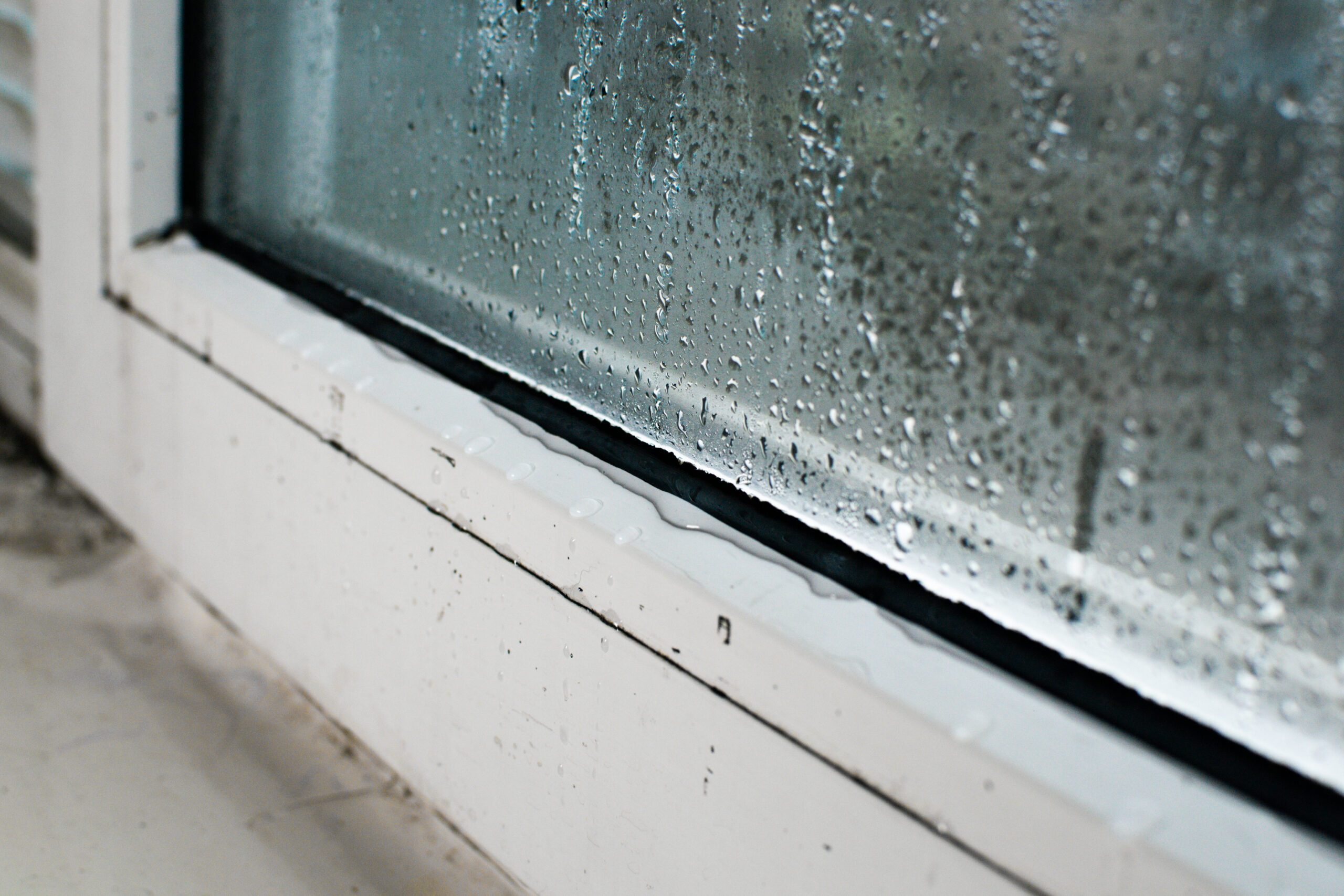
Making sure your home is properly sealed is crucial for maximising energy efficiency and improving the performance of your insulation. Air leakage, which happens when air unintentionally flows through gaps and cracks in your home’s structure, can lead to higher energy costs, reduced comfort indoors, and extra strain on your heating and cooling systems. Here’s what Kiwis need to know about air sealing and its benefits for New Zealand homes.
Understanding Air Leakage
Air leakage occurs when outside air seeps in and conditioned air escapes through openings and cracks. Common culprits include windows, doors, roof spaces, basements, and areas around plumbing or electrical fittings. These leaks undermine the effectiveness of insulation, as air bypasses the insulated areas, making them less effective.
Benefits of Proper Air Sealing
- Better Energy Efficiency: Sealing air leaks reduces the workload on heating and cooling systems, which lowers energy use and power bills.
- Improved Comfort: A well-sealed home maintains consistent indoor temperatures, eliminating drafts and cold spots.
- Increased Insulation Performance: Air sealing stops air from bypassing insulation, helping it work at its intended R-value.
- Healthier Indoor Air Quality: Reducing air infiltration keeps outdoor pollutants, allergens, and moisture at bay, ensuring a healthier home environment.
Identifying Air Leaks
To find air leaks in your home:
- Inspect Visually: Check for gaps and cracks around windows, doors, skirting boards, and where building materials join.
- Smoke Test: Light an incense stick on a windy day and hold it near possible leak points. If the smoke moves erratically, there’s a leak.
- Professional Testing: Consider hiring an expert to perform a blower door test. This uses a special fan to identify leaks accurately by depressurising your home.
Effective Air Sealing Techniques
After spotting the leaks, try these methods:
- Caulking: Use caulk to seal small gaps and cracks (less than 6mm wide) around fixed areas like window frames and skirting boards.
- Weatherstripping: Apply weatherstripping to movable parts like doors and windows to stop air from getting in when closed.
- Spray Foam Insulation: Use spray foam for larger gaps, especially in roof spaces and basements, as it also provides insulation.
- Door Sweeps: Fit door sweeps to the base of exterior doors to block drafts.
- Outlet Gaskets: Install foam gaskets behind power points and switches on exterior walls to reduce air leakage.
Air Sealing for Older Kiwi Homes
Older New Zealand homes often have more air leaks due to natural wear and tear over time. Sealing these gaps can greatly improve energy efficiency and comfort. Always prioritise air sealing before upgrading insulation, as sealing ensures any new insulation works as it should.
Professional Insulation Help
Some air sealing tasks, like caulking or applying weatherstripping, are DIY-friendly, but more complex jobs—like sealing attics, basements, or ductwork—might require professional assistance. Hiring a qualified contractor ensures a thorough and effective job.
The Bottom Line
Proper air sealing is an affordable and impactful way to improve energy efficiency, boost indoor comfort, and get the most out of your insulation. By addressing air leaks, you can create a healthier, more comfortable, and cost-effective living environment. For tailored advice and services, consult energy efficiency professionals who understand New Zealand’s unique climate and housing needs.
